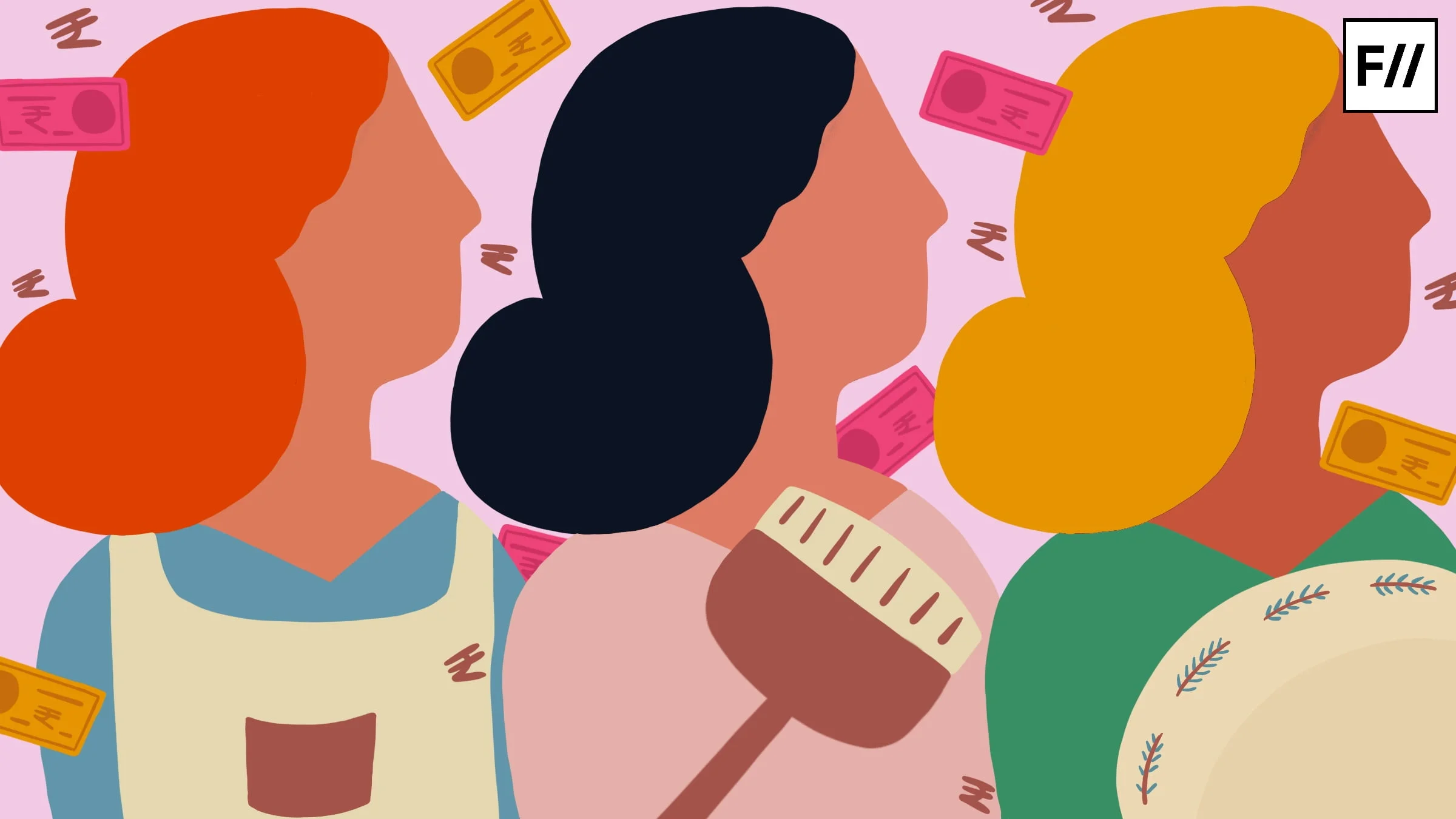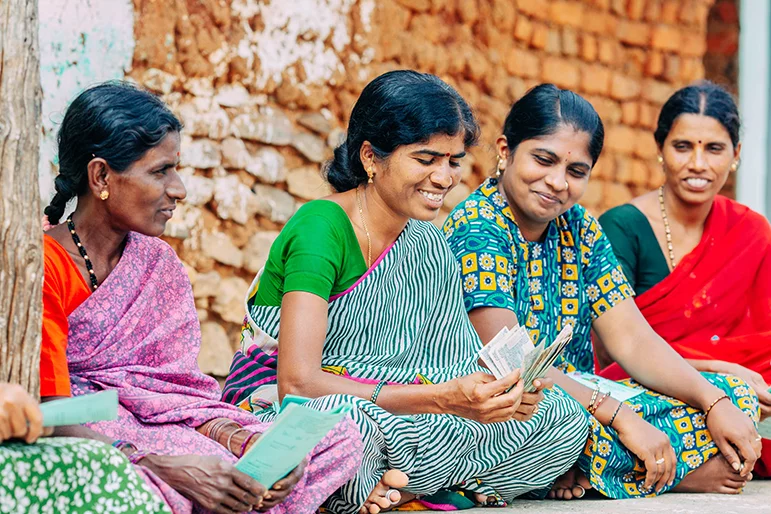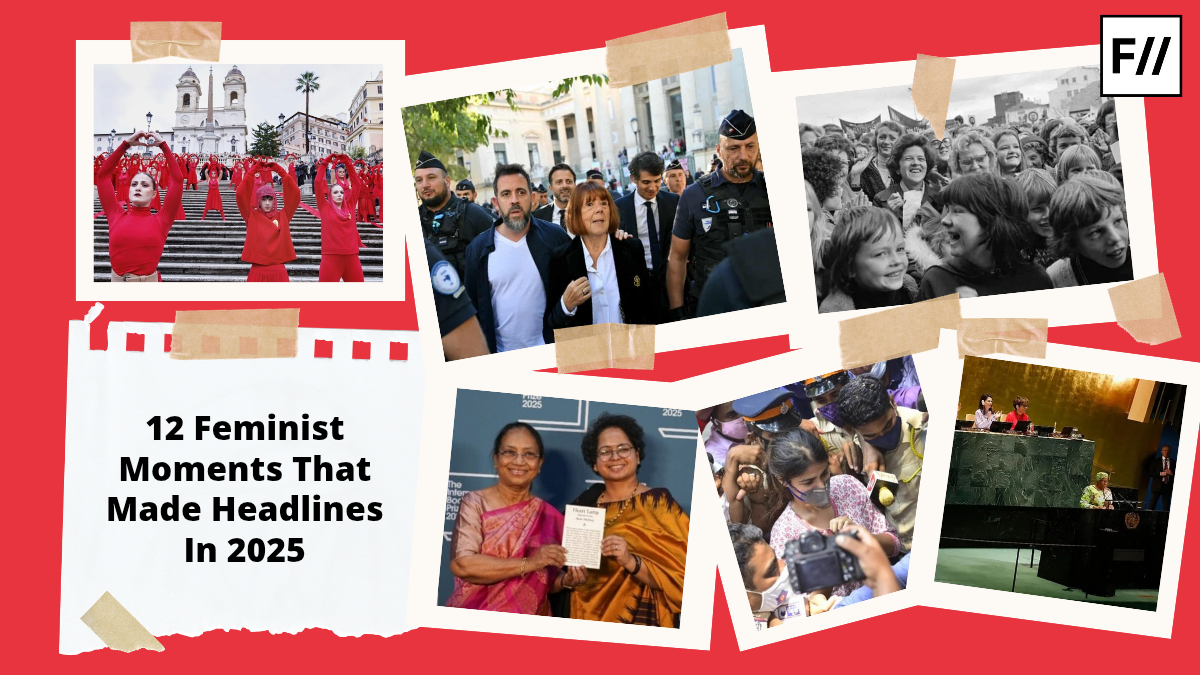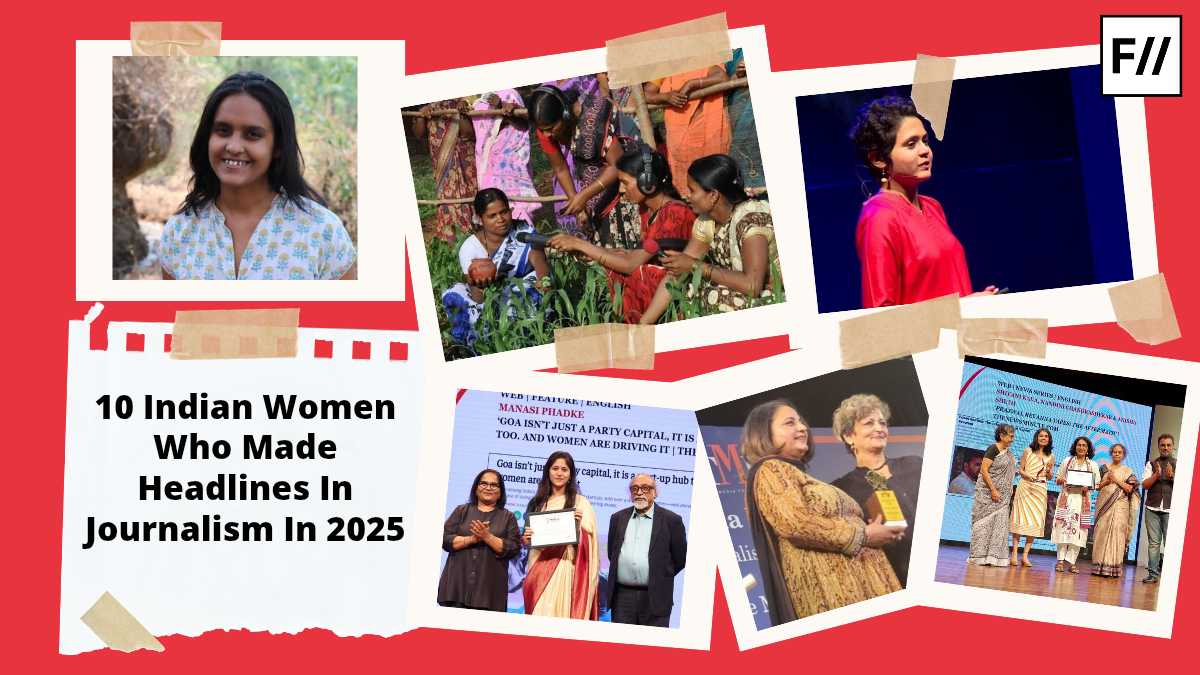Jokes about kitty parties have existed probably as long as the events themselves. From WhatsApp forwards sent by older people on family groups to ‘comedy’ videos made by influencers where they are punching down on the same women that they will claim to support in other contexts, hating on kitty parties seems to be uniting generations.
The answer to why this is happening is simple: we live in a culture that structurally depends on women being isolated from each other so that patriarchy can flourish, and a kitty party is a place for them to come together. So these gatherings in cities are mocked or portrayed as frivolous by patriarchal society, to the point where the dominant narrative becomes that it is a stupid thing for women to engage in.
Of course, women within kitty parties can be upholding patriarchal ideals themselves– but keeping people from a minority group from talking to each is never the answer. However, kitty parties are about more than community and socialising– they are also about money. Feminist Economics often talks about the need for lived-experiences and real circumstances to be a part of economic models, and the South Asian tradition of kitty parties demonstrates that on a large scale.
Kitty parties and community recurrent-deposits
As of 2024, only around 1/5th of the deposits in bank accounts in India belonged to women. This figure should also be taken with a grain of salt because money being deposited under someone’s name does not automatically guarantee that they made the decision for it to be deposited or that they have agency over it. The kitty party model replicates a community borrowing and lending model which does not need to involve financial institutions and therefore the cash-only transactions give the women a degree of agency that money that enters financial institutions statistically does not.
In a kitty party, each group decides on a monthly amount that will be contributed by each member– for example, 1,000 rupees. Then, a system of choosing a ‘host’ is picked– this could be drawing chits, going alphabetically, going youngest to oldest, and so on. The host becomes in-charge of planning the social gathering (at their house or somewhere else), where the members will all give the amount to them.
The host becomes in-charge of planning the social gathering (at their house or somewhere else), where the members will all give the amount to them.
And everyone gets a chance to be the host before the cycle ends. If this group has 12 women, then this means that everyone gets 11,000 rupees during the cycle. This helps women save money in a recurrent-deposit like manner without having to enter the banking system.
Moving away from capitalism
Not only do kitty party transactions serve as a social model for saving money instead of a capitalist one, they also give space for borrowing and lending within the community. Many kitty groups have the option for people to say if they need to be the host early on in the cycle, and that is essentially like borrowing money and then paying it back to the group one-by-one.
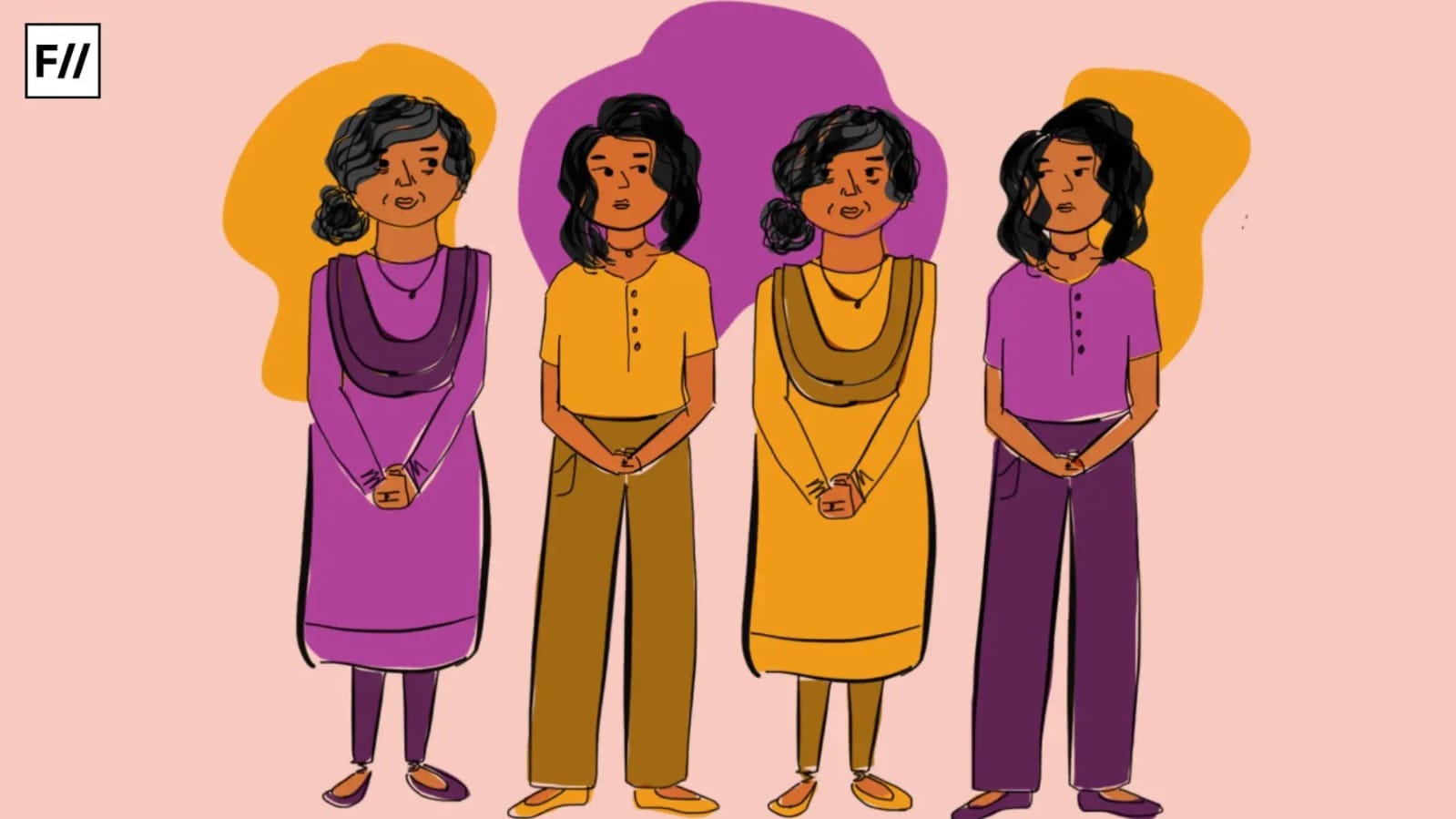
Since there is no interest charged and these parties are done in the form of social events, this becomes a loaning system that is rooted in the idea of mutual aid and community aid. The important thing to note is that this creates a potential to borrow for women who labour in the home (a labour that is famously and wrongly left out of national income calculations) as it does not require collaterals or proof of employment.
Like in the Self-help group (SHG) model that is promoted by the government in Indian villages, this also means that the women are able address their financial needs as a community without having to bring in an institutional agent– and the absence of leaders or chairs in kitty groups means that the group can function democratically, taking votes on issues like increasing or decreasing the amount for a particular cycle, letting in new members, and so on.
Kitty parties and an intersectional future
Kitty parties, at present, are something that only the select few have access to due to time, geography, and privilege. However, the model whose success they have proved over and over again is very adaptable to different contexts given that cultural nuances are taken into account. Since kitty groups are small and based on knowing each other in contexts other than just the group– and therefore having a social blanket of mutual trust– any adaptation would require a horizontal approach as well.
Since kitty groups are small and based on knowing each other in contexts other than just the group– and therefore having a social blanket of mutual trust– any adaptation would require a horizontal approach as well.
For marginalised peoples who have less time and resources, the social gatherings could take place through a potluck model instead of having one ‘host’ in a round. And in the case of there being even fewer resources, we need governments to intervene to support communities in becoming self-sufficient through models that are tweaked to support a community’s needs instead of focusing on solutions that help everyone enter the banking system.
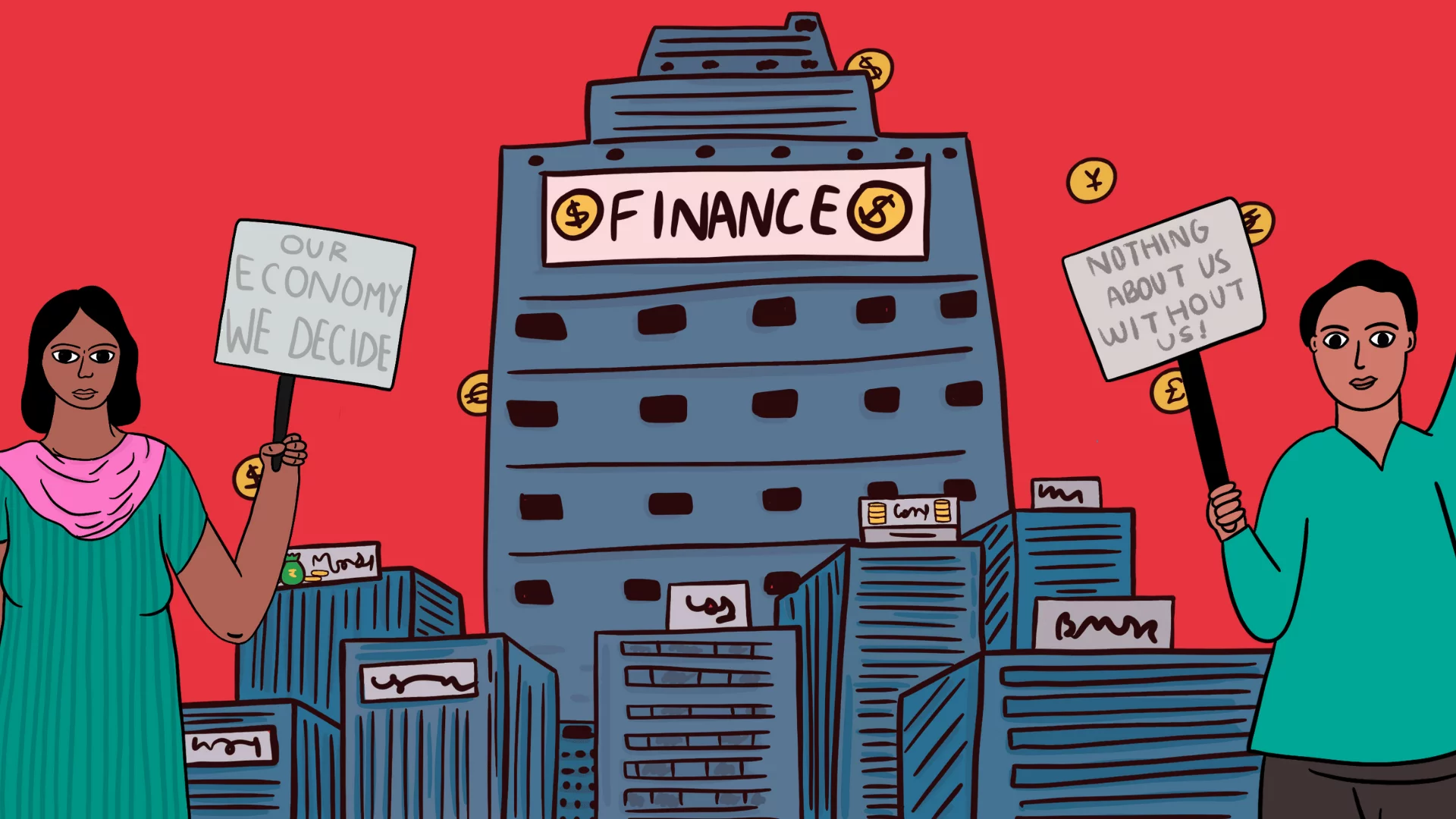
In many ways, the kitty party model is a sneak peak into the future that Feminist Economics aims for because exclusion from financial institutes has huge potential to threaten power systems and make communities self-dependent.
About the author(s)
Khushi Bajaj (she/her) is an intersectional feminist and writer who holds an MSc in Media and Communications from the London School of Economics. Her work has previously been published by Penguin Random House, erbacce-press, Metro UK, Diva, Hindustan Times, and more. She is passionate about advocating for social justice and believing in the revolutionary capacity of kindness. She can be reached through email (khushi.bajaj1234@gmail.com).
